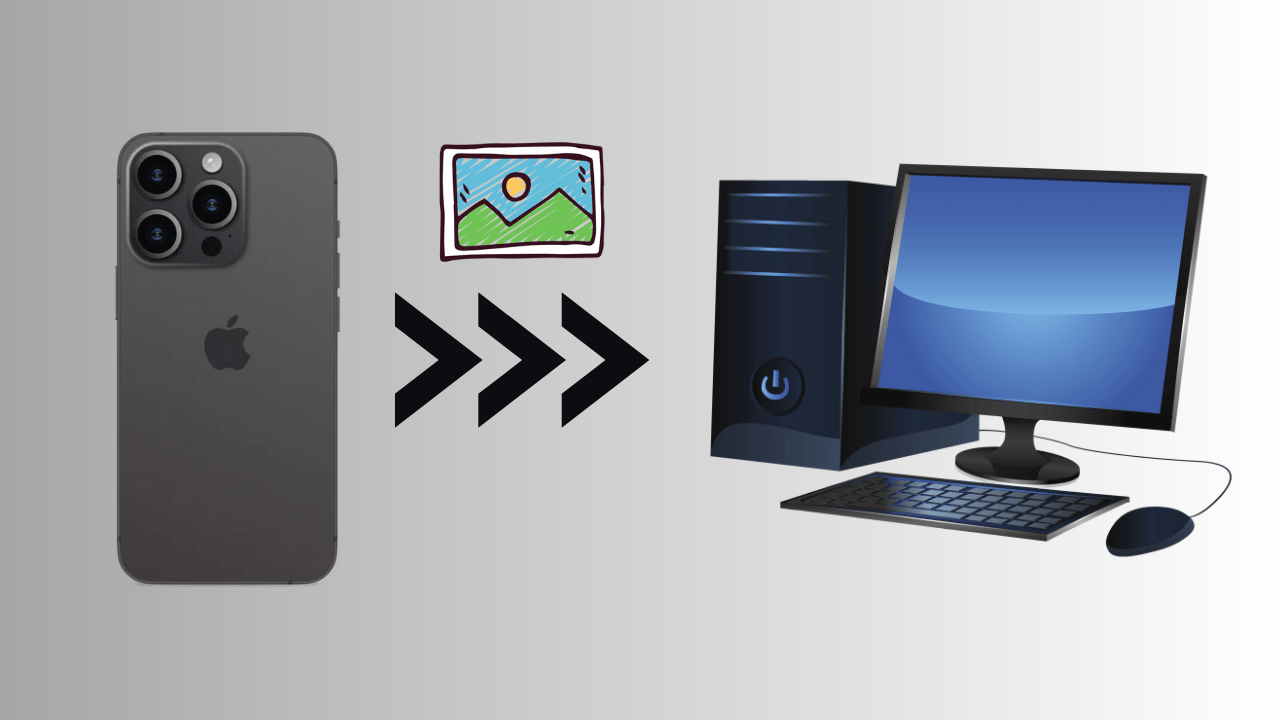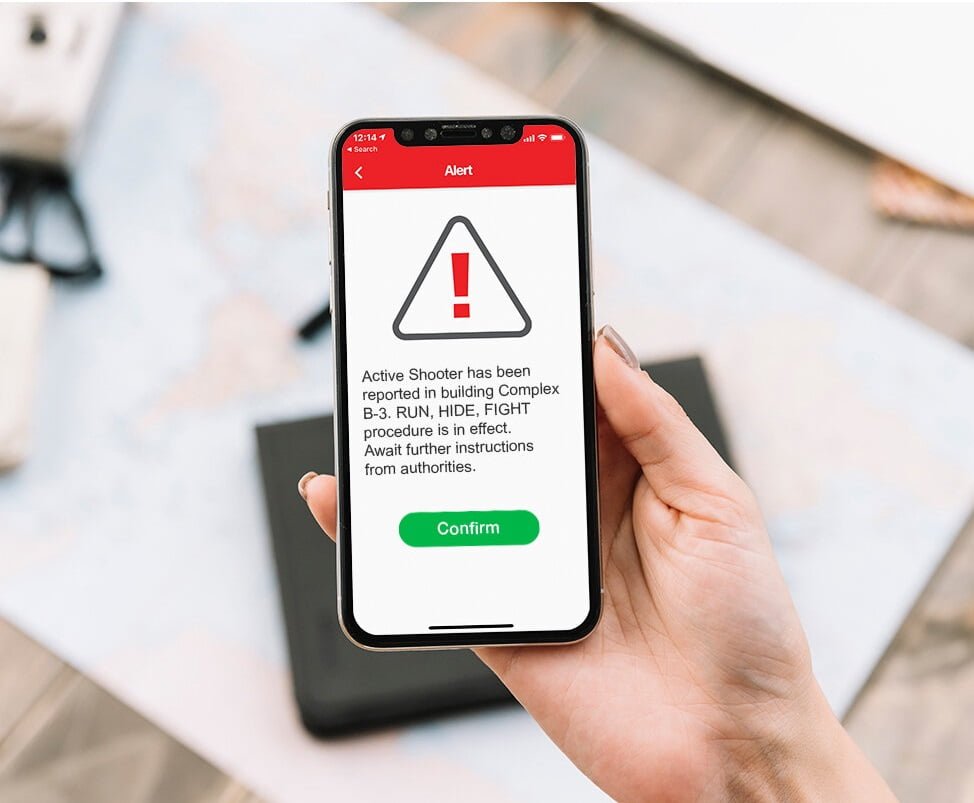Test Your Locally Hosted iOS Apps By Using the Wildnet Feature
Proper testing is crucial for iOS developers to ensure their applications function smoothly, meet user expectations, and provide a seamless experience. As an iOS developer, you understand the critical importance of thoroughly testing your applications before sharing them with users. The Wildnet feature is a helpful tool for conducting these iOS app testing.
In this blog post, we will provide an in-depth explanation of Wildnet, a powerful tool that enables you to test locally hosted iOS apps. It gives you the assurance to identify and address issues at an early stage in the development process. We will also guide you through the necessary steps to effectively utilize this tool.

What is Wildnet?
Wildnet is an innovative feature that facilitates the connection between your iOS device and a local server. It allows you to test your apps directly on your device while utilizing data from your local server. This capability is vital because many applications rely on server interactions to function correctly. By employing Wildnet, you gain real-time insights into how your app performs with actual data without the need to deploy it to a remote server. This immediacy in testing can be a game-changer in the app development process.
Why Use Wildnet?
Using Wildnet has many benefits. Here are a few reasons why you should use it to automate iOS app testing:
- Test in Real-Time: You can see how your app behaves with live data. This helps you find and fix problems quickly.
- Save Time: You do not have to wait to upload your app to a server. You can test it right away.
- Control Your Environment: You have full control over your local server. This means you can set it up the way you want.
- Simulate Network Conditions: You can change network conditions easily. This helps you test how your app works in different situations.
Tips for Effective Testing
Here are some tips to help you get the most out of your testing with Wildnet:
- Use Clear Data: Make sure your local server has clear and understandable data. This helps you see how your app handles different types of information.
- Test Different Scenarios: Try to test various scenarios. For example, check how your app works when the server is slow or when there are errors.
- Check for Connectivity Issues: Sometimes, your device may lose connection. Test how your app behaves in this situation.
- Keep Logs: Use logging to track what happens in your app. This will help you find and fix problems faster.
- Ask for Feedback: If you can, ask friends or colleagues to test your app too. They may find issues you missed.
Conclusion
Testing your locally hosted iOS apps is essential for a successful launch. The Wildnet feature is a great tool that makes this process easier and more effective. By using Wildnet, you can connect your iOS device to your local server, test your app in real-time, and see how it performs with live data. With Wildnet, you can create better apps that work well for users. So, go ahead and test your locally hosted iOS apps using Wildnet. You’ll see the benefits and enjoy the smoother testing process. Happy testing!






